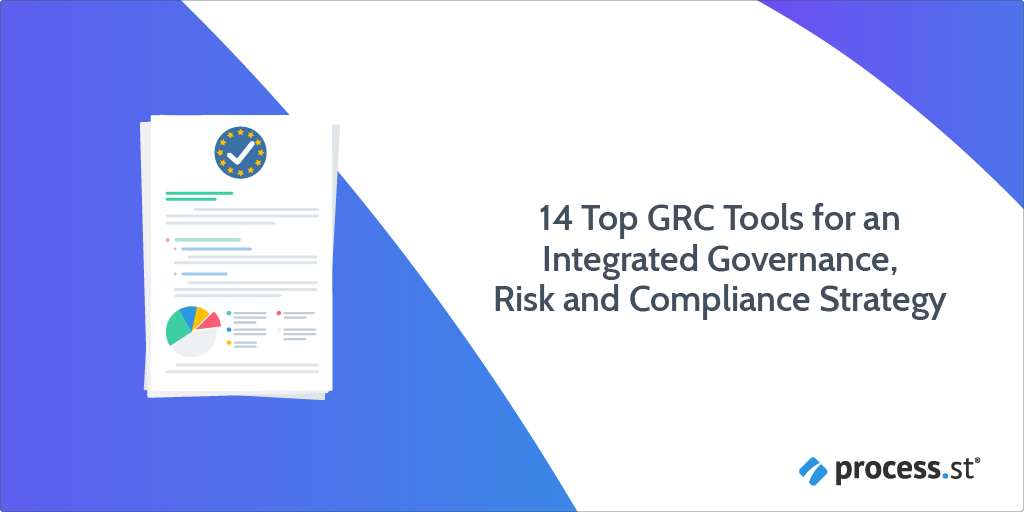
A recent study from Ponemon and Globalscope reported the average cost of meeting compliance mandates is $5.47 million, versus non-compliance fines of $14.82 million.
No organization wants to cough up massive non-compliance charges. And one effective means of avoiding such scenarios is by using a robust, effective, and integrated governance, risk, and compliance (GRC) approach.
Due to today’s complexity of governance, risk, and compliance demands, it would be considered reckless to go about using an integrated GRC approach without utilizing viable GRC tools.
GRC tools help organizations strategize the management of governance, risk, and compliance regulations in an integrated fashion.
In this Process Street article, you’re taken through a quick tour of our top GRC tools to meet the specificity of governance, risk, and compliance demands.
I’ll then show you how to use Process Street, for free, to integrate these three separate entities for an integrated GRC approach.
Click on the relevant subheader to jump to your section of choice. Alternatively, scroll down for your quick introduction to all things GRC, how the discipline has developed, and top tools and techniques you can use to implement GRC in your business.
- What is GRC?
- GRC as a revolutionary approach and why it’s important
- Our top 14 GRC tools
- Using Process Street to integrate your governance, risk, and compliance solutions
Let’s jump straight to it!
Continue Reading







 Workflows
Workflows Forms
Forms Data Sets
Data Sets Pages
Pages Process AI
Process AI Automations
Automations Analytics
Analytics Apps
Apps Integrations
Integrations
 Property management
Property management
 Human resources
Human resources
 Customer management
Customer management
 Information technology
Information technology











